Increasing Energy Costs
The rising costs of traditional energy sources are driving interest in the Smart Solar Market. As fossil fuel prices fluctuate and become more volatile, consumers and businesses are seeking alternative energy solutions that offer long-term savings. In 2025, energy prices are projected to rise by an average of 5% annually, prompting a shift towards solar energy as a more stable and cost-effective option. Smart solar technologies, which optimize energy production and consumption, are particularly appealing in this context. By investing in solar solutions, stakeholders can mitigate the impact of rising energy costs, thereby enhancing the attractiveness of the Smart Solar Market.
Government Incentives and Policies
Government incentives and policies play a crucial role in shaping the Smart Solar Market. Many countries are implementing favorable regulations and financial incentives to promote the adoption of solar energy. For example, tax credits, rebates, and feed-in tariffs are common strategies used to encourage investment in solar technologies. In 2025, it is estimated that government support will account for approximately 25% of total investments in the solar sector. These initiatives not only lower the financial barriers for consumers but also stimulate innovation within the industry. As governments continue to prioritize renewable energy, the Smart Solar Market is likely to experience sustained growth.
Rising Demand for Renewable Energy
The increasing demand for renewable energy sources is a primary driver of the Smart Solar Market. As concerns about climate change and environmental degradation intensify, consumers and businesses alike are seeking sustainable energy solutions. In 2025, the renewable energy sector is projected to account for over 30% of total energy consumption, with solar energy playing a pivotal role. This shift towards cleaner energy sources is likely to propel investments in smart solar technologies, which enhance efficiency and reduce costs. The Smart Solar Market is thus positioned to benefit from this trend, as more stakeholders recognize the importance of integrating solar solutions into their energy portfolios.
Growing Awareness of Energy Independence
The growing awareness of energy independence is emerging as a significant driver for the Smart Solar Market. As geopolitical tensions and supply chain disruptions become more prevalent, individuals and organizations are increasingly recognizing the importance of self-sufficiency in energy production. In 2025, a notable percentage of consumers express a desire to reduce reliance on traditional energy providers. This trend is likely to fuel investments in smart solar technologies, which enable users to generate and manage their own energy. By adopting solar solutions, stakeholders can achieve greater control over their energy resources, thereby enhancing the appeal of the Smart Solar Market.
Technological Advancements in Solar Solutions
Technological advancements are significantly influencing the Smart Solar Market. Innovations in photovoltaic cells, energy management systems, and smart grid technologies are enhancing the efficiency and reliability of solar energy systems. For instance, the efficiency of solar panels has improved dramatically, with some models achieving over 22% efficiency in 2025. Furthermore, the integration of artificial intelligence and machine learning in energy management systems allows for optimized energy consumption and storage. These advancements not only reduce costs but also improve the overall user experience, making smart solar solutions more attractive to consumers and businesses. As technology continues to evolve, the Smart Solar Market is expected to expand rapidly.


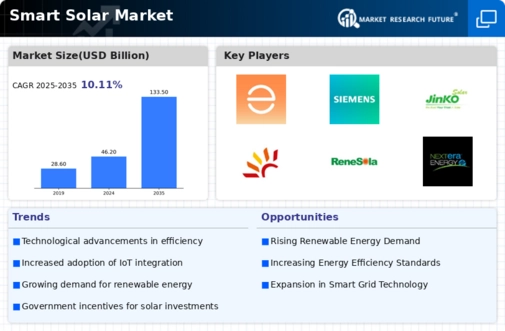
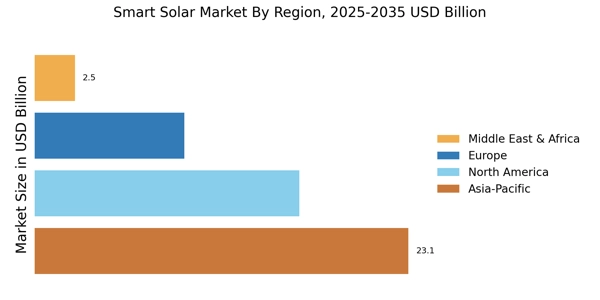
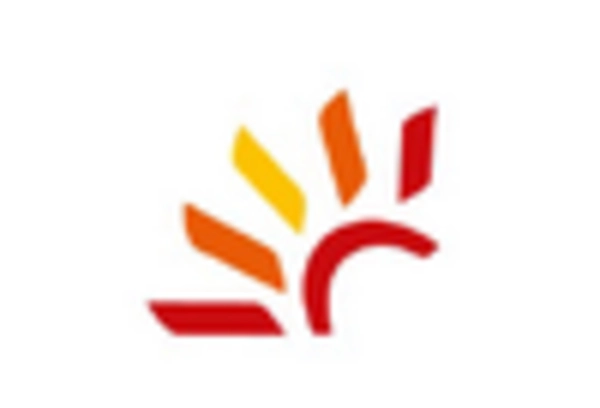
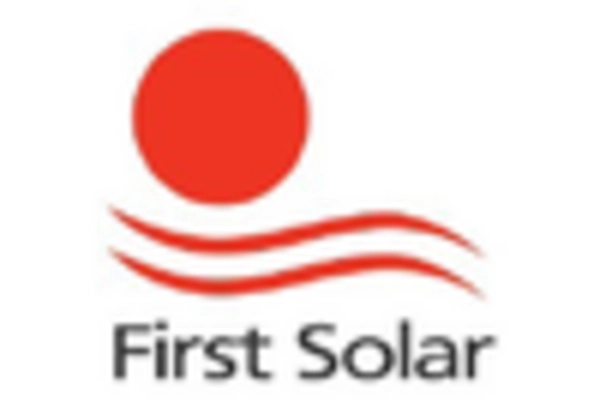
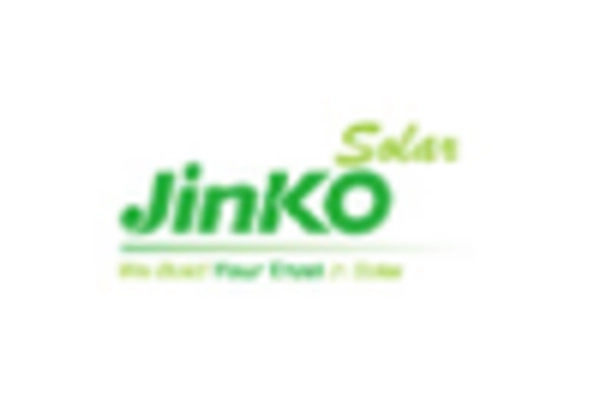











Leave a Comment